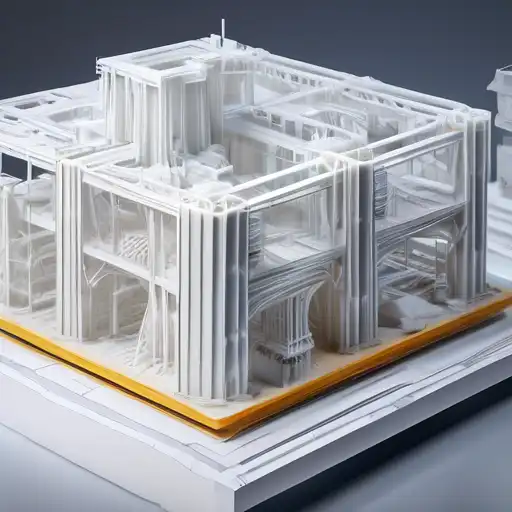Revolutionizing Construction: The Power of 3D Printing
The construction industry is on the brink of a revolution, thanks to the advent of 3D printing technology. This innovative approach to building is not only faster and more cost-effective but also opens up new possibilities for architectural design and sustainability. In this article, we delve into how 3D printing is shaping the future of construction.
What is 3D Printing in Construction?
3D printing in construction involves the use of large-scale printers to create buildings and construction components layer by layer. This method can use a variety of materials, including concrete, plastic, and even recycled materials, offering a greener alternative to traditional construction methods.
Benefits of 3D Printing in Construction
- Speed: Projects can be completed in a fraction of the time compared to conventional methods.
- Cost-Effectiveness: Reduced labor costs and material waste make 3D printing a financially viable option.
- Design Flexibility: Complex designs that were once impossible or too expensive to realize are now achievable.
- Sustainability: The ability to use recycled materials and reduce waste contributes to more sustainable construction practices.
Challenges and Considerations
Despite its many benefits, 3D printing in construction faces several challenges. These include regulatory hurdles, the need for skilled operators, and the current limitations in the size of structures that can be printed. However, as the technology evolves, these challenges are expected to be overcome.
Real-World Applications
Around the globe, 3D printing is being used to construct everything from small residential homes to large commercial buildings. Notable examples include the first 3D-printed office in Dubai and a 3D-printed bridge in the Netherlands. These projects highlight the potential of 3D printing to transform the construction industry.
The Future of 3D Printing in Construction
As technology advances, we can expect to see even more innovative applications of 3D printing in construction. From disaster relief housing to space construction, the possibilities are endless. The key to widespread adoption will be continued innovation, investment, and collaboration across the industry.
3D printing in construction is more than just a trend; it's a glimpse into the future of building. By embracing this technology, the construction industry can achieve unprecedented levels of efficiency, creativity, and sustainability. The journey towards building tomorrow starts today.
